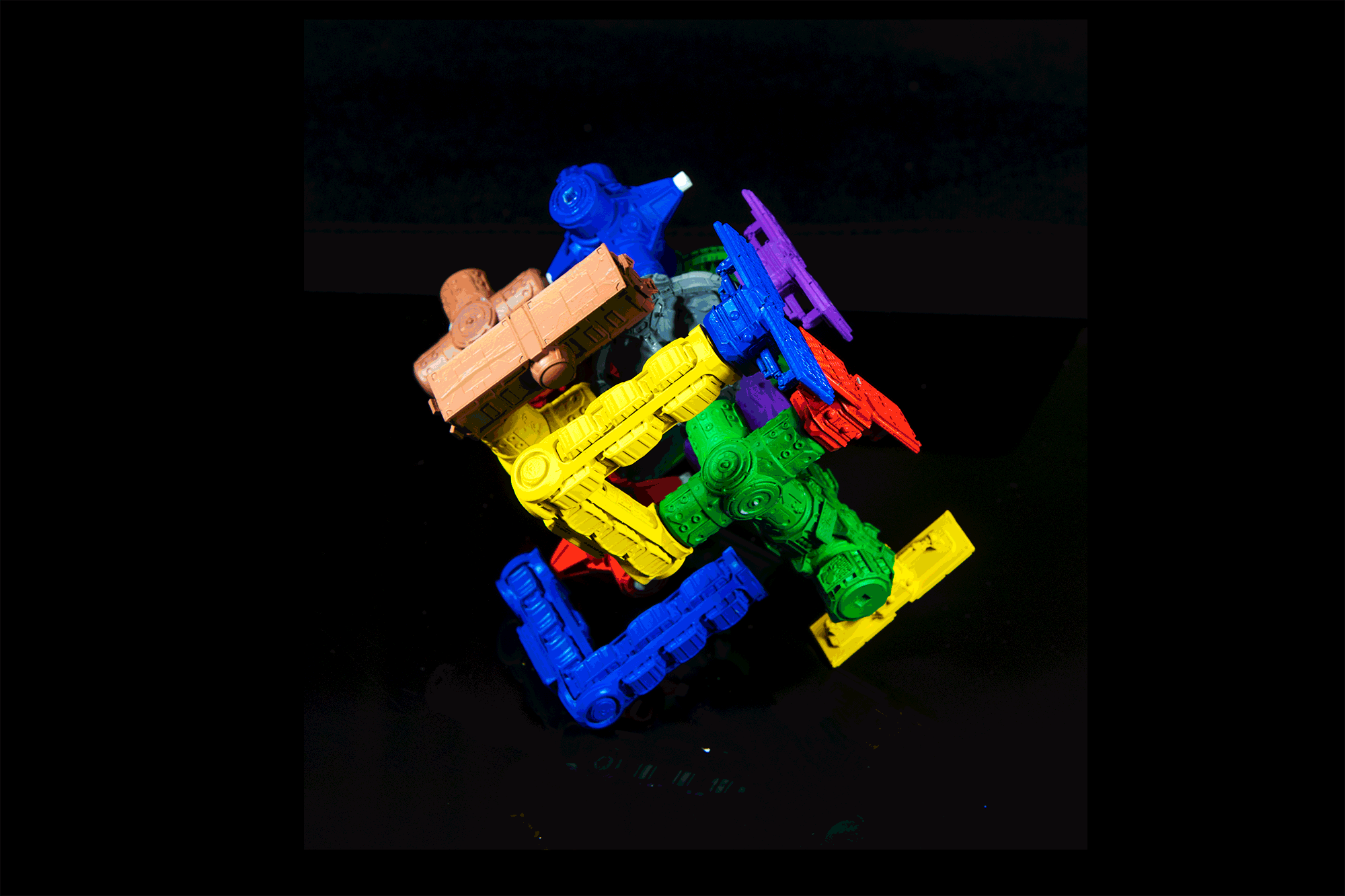
Unlocking Insanity – Dice Vermiis
Last year two game designers, Tony Mastrangeli and Jeff Petersen had the following conversation regarding Evil High Priest:
Tony: “What about making a Roll and Write based on Evil High Priest?”
Jeff: “I have no idea what you are talking about! Evil High Priest is a worker placement, how do I translate it to a Roll and Write?”
Tony: “I trust you. You will figure it out”
Thus, Dice Vermiis was started, but took time to become a finished product.
It started as a tree-based game that tasked you with trying to release an Elder God. Players sought three different resources to build rooms that would lead to a Portal Chamber. It was fun, but it felt too closed. You had to follow a pathway to get to the end. We went through many iterations of playtesting, with some versions being better than others.
Jeff is grateful for his wife who finally told him that it just wouldn’t work. So, Jeff told Tony, “It just won’t translate. I want to try another approach.”
A New Start
Jeff considered what effects joining a cult of Cthulhu and the information gained might have on one’s mind. So, he grabbed a brain overlay, and was pleased to see that it broke the mind into five distinct parts, each individual areas controlling different parts of the human being. Five parts equal five dice colors. “I think we’re on to something.” he chortled when he brought it back to Tony.
At first, Tony was nostalgic for the original Evil High Priest theme, but finally was convinced to roll down this new road. When the prototype was finalized, it featured five positive and five negative dice with different places to put the values. It worked–but was still pretty raw.
Player Choices
After repeated playtesting, Tony realized that the choices in the game were too obvious. A player would roll a die and always take the highest positive number and the lowest negative number. That was lame. Who wants a game that plays itself? To add more interesting decision making to the game, the Target Bonus mechanic was born.
Now, players not only had a goal to work towards, but also had an excellent reason to not always take the highest (or lowest) number on each roll. If you succeeded, you’d double your score in that brain region, which was a big deal – emphatically making it worth the risk of spreading out your choices.
Insanity
In the early stages, insanity was always bad. This made sense, because who wants to go crazy? Unfortunately, this played into the well-known flaw, common to many games, of “the rich getting richer.” If a player went insane, he or she would fall behind due to the penalties, and that was it – the game was over for them. Not ideal. A designer wants all players engaged until the very end of the game. That’s where the First to Insanity Bonus sprang from. Now, the first player to go insane in a particular color gets an immediate bonus and a once per game neat-o power. Sure, they still suffer the penalty (at least until they are out of the negative), but now those players at least have a cool power to soften the blow.
Doubles
While playtesting the game with the staff of Petersen Games, Lincoln gave us a great idea. He proposed that we make all the numbers even. One of the painful parts of the game was doing lots of math. Adding numbers all over the place was … frankly … a little tiresome. By doubling the values, all of a sudden, all numbers were even. Try to add up random numbers from 1-6. Now, instead go to that value counting by 2s and 4s.
It was surprisingly easier to go by doubles. Counting by 2s is so easy that it streamlined and improved the game, adding that final touch of polish that brings a game from near-greatness to greatness.
With all of that work, Unlocking Insanity: Dice Vermiis Mysteriis was at last birthed. Now we get to share our insanity with the rest of the world. Can you handle the teachings of the Great Old One?
You might go insane, or if you’re lucky, just get a touch of madness, but as long as you prove your mastery, you will be welcomed as the newest neophyte of Cthulhu.


 After many playtest sessions trying to fix this, we decide it was time to move in a new direction. The auction mechanic went into the bin and was replaced with a build track. To say that the game was immediately improved would be an understatement. Players no longer had to gauge the value of something before experiencing it, and in addition, were giving almost twice as many choices for purchase on their turn. This gave players many more options to tailor their strategies.
After many playtest sessions trying to fix this, we decide it was time to move in a new direction. The auction mechanic went into the bin and was replaced with a build track. To say that the game was immediately improved would be an understatement. Players no longer had to gauge the value of something before experiencing it, and in addition, were giving almost twice as many choices for purchase on their turn. This gave players many more options to tailor their strategies.